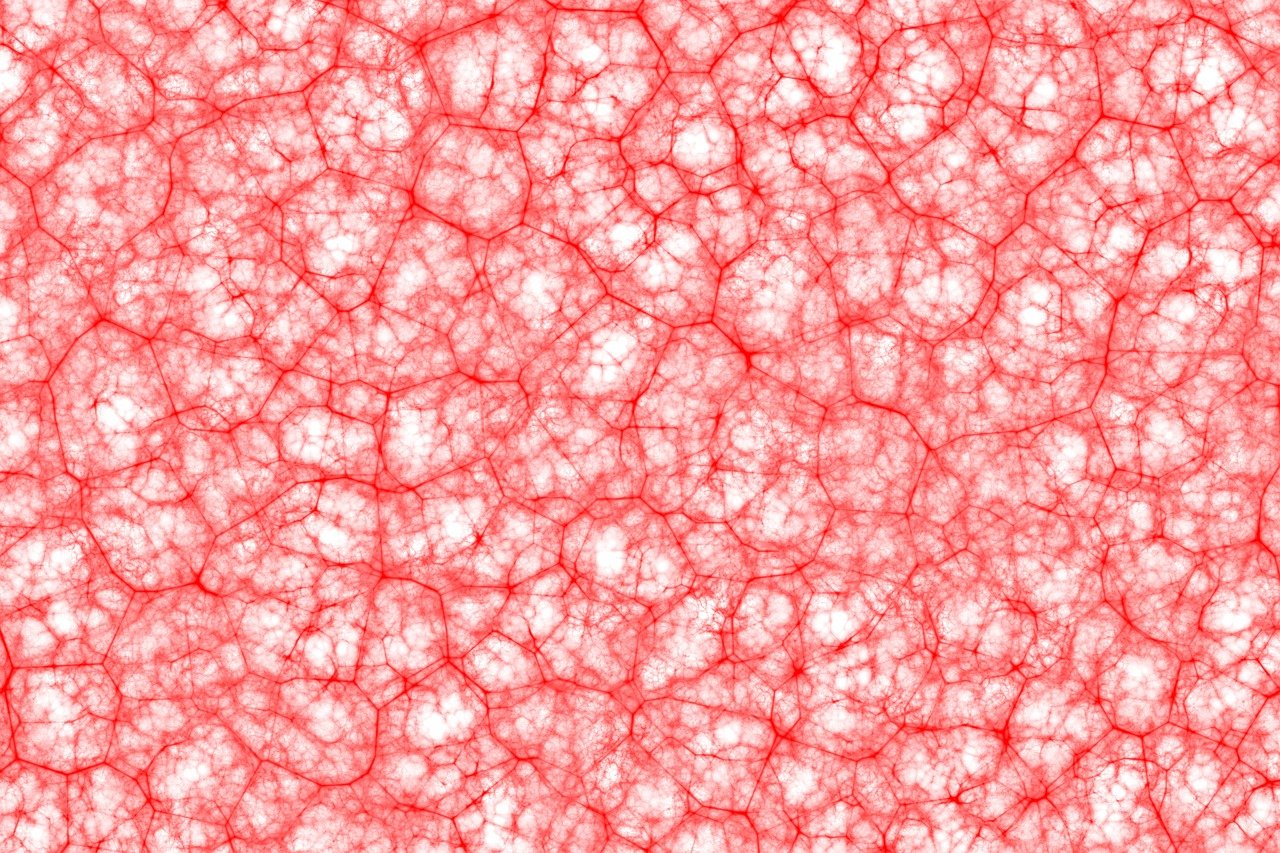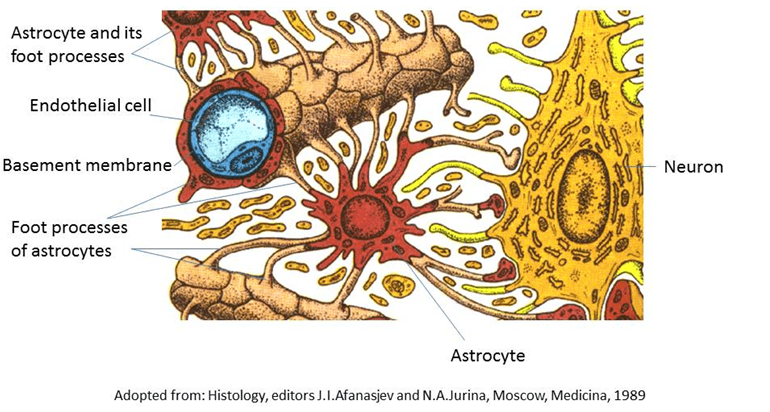
Morphology of Nervous System
The Blood-Brain Barrier
The blood-brain barrier is a protecting structure, which gives tight control over the passage of substances moving from blood to the tissues of the central nervous system. The barrier is essential for ensuring the specific nature of the neuronal microenvironment. The main structural component of the barrier is the capillary endothelium, where endothelial cells are sealed together by tight junctions and thus continuous-type of capillaries are formed. In addition, the basement membrane of capillaries is surrounded by the perivascular feet of astrocytes and therefore normal functioning of astrocytes is important for the integrity of the blood-brain barrier. The blood-brain barrier is ineffective or absent in some specific parts of the brain like the choroid complex (where cerebrospinal fluid is produced) and the posterior pituitary, the neurohypophysis (where the hormones are released).



